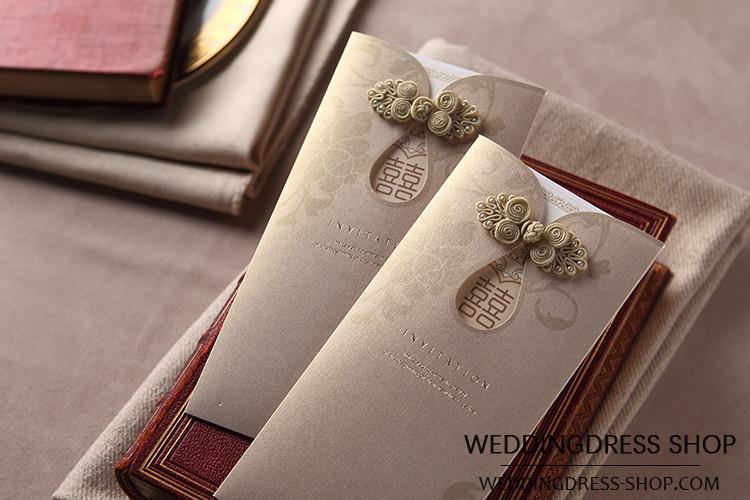1. Differences in connotation and nature
Invitations are generally issued for substantive work, tasks or events, such as academic seminars, scientific and technological achievements appraisal meetings.
Invitations are generally issued for ceremonial, routine, recreational activities, such as "wedding", "celebration", "entertainment", "party" and so on.
2. Different invitation objects
The invitation object is a guest-host relationship with the host, rather than a superior and subordinate relationship or a relationship between management and management.
The invitation object and the host sometimes have a superior and subordinate relationship or a relationship between management and management.

Three, identity etiquette differences
The invitation has no subordinate relationship with the inviter or the relationship between management and management, and can use general honorifics, such as "Dear Ms. ××", "Mr. ××", "Professor ××" and so on.
In the conclusion, the invitation letter can use a general honorific or greeting, such as "to you", "here to express my appreciation, and praise Qiu Qi", "Please come" and so on.
Due to the fact that the object of the invitation is indeed indicative, when using the appellation honorific, it is generally not possible to call the person by his or her name, and the mode of "honorific + position (elder)" is often adopted. Such as "Dear Ms/Mr ×××", "Dear Manager ×", "Dear Miss ×" and so on.
At the conclusion, the invitation must use special elegant honorifics, such as "with respect", "with high respect", "welcome to visit", "Please attend", "Please come and guide" and so on.
4. Differences in structural elements
Invitations often introduce and explain the content, projects, procedures, requirements, functions and meanings of the matter, with a complex structure and a long length. At the end of the text, the contact information of the inviter should be attached, and the inviter should reply whether to accept the invitation in the form of a receipt. At the end of the text, the inviter should affix the official seal to indicate that it assumes the responsibility in the legal sense.
The content of the invitation is single, the structure is simple, the length is short, and the content elements of the activity can be written in three or two sentences. Generally, you can use the finished products made by unified purchase, and sometimes you can make your own casual and humanized beautiful works, without requiring the invitee to reply whether to accept the invitation, and the inviter does not have to stamp the seal.
5. Differences in language features
The letter capacity of the invitation is larger than the invitation card. On the whole, make a detailed introduction and explanation of the content, project, procedure, requirement, function and meaning of the matter, be sure to make the invitee clear the meaning, achieve the effect of normal communication, and finally achieve comprehensive expression, degree of honorifics, and appropriate tone.
The text capacity of the invitation card is limited, and we should pay great attention to the deliberation of the text. Language must be simple, solemn, elegant, but do not pile on words; Try to be warm and colloquial, but avoid slang. Please use classical Chinese words, but do not be difficult to understand. Finally, the words are concise, elegant, modest and decent.